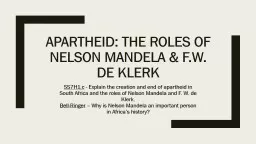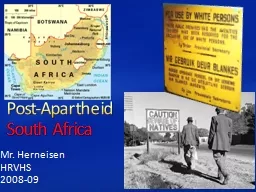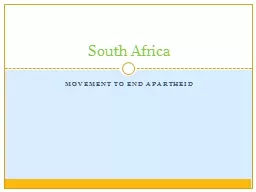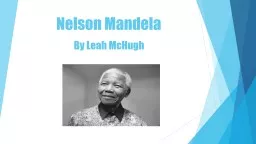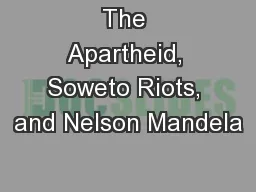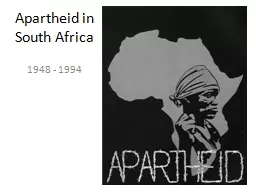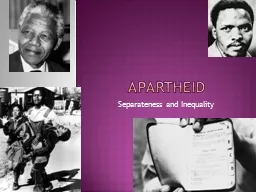PPT-Apartheid: the roles of nelson
Author : test | Published Date : 2016-10-09
mandela amp FW de Klerk SS7H1c Explain the creation and end of apartheid in South Africa and the roles of Nelson Mandela and F W de Klerk BellRinger Why is Nelson
Presentation Embed Code
Download Presentation
Download Presentation The PPT/PDF document "Apartheid: the roles of nelson" is the property of its rightful owner. Permission is granted to download and print the materials on this website for personal, non-commercial use only, and to display it on your personal computer provided you do not modify the materials and that you retain all copyright notices contained in the materials. By downloading content from our website, you accept the terms of this agreement.
Apartheid: the roles of nelson: Transcript
Download Rules Of Document
"Apartheid: the roles of nelson"The content belongs to its owner. You may download and print it for personal use, without modification, and keep all copyright notices. By downloading, you agree to these terms.
Related Documents

